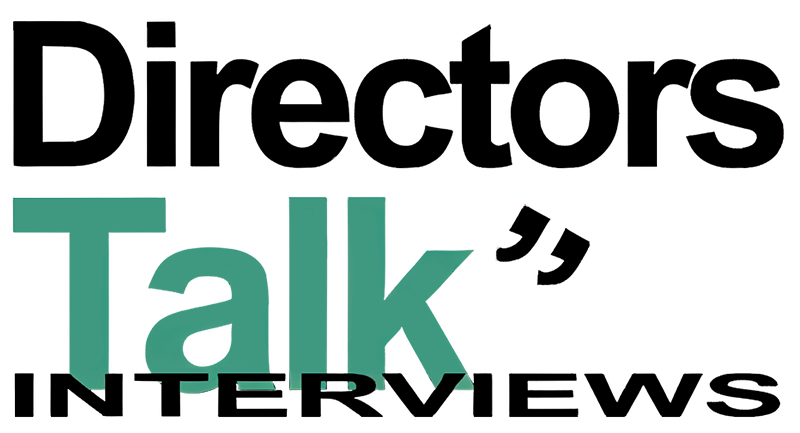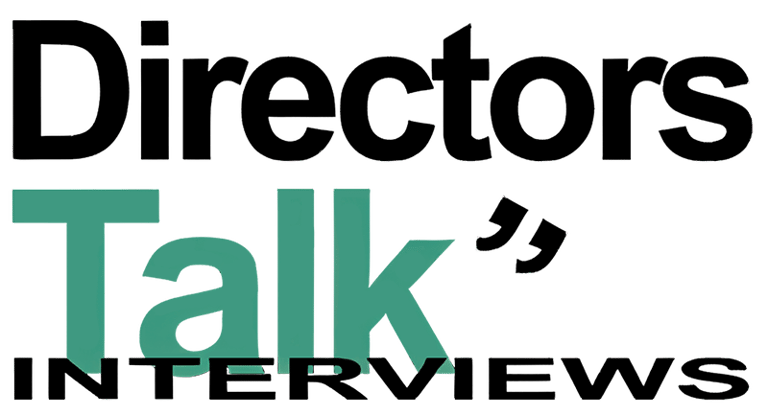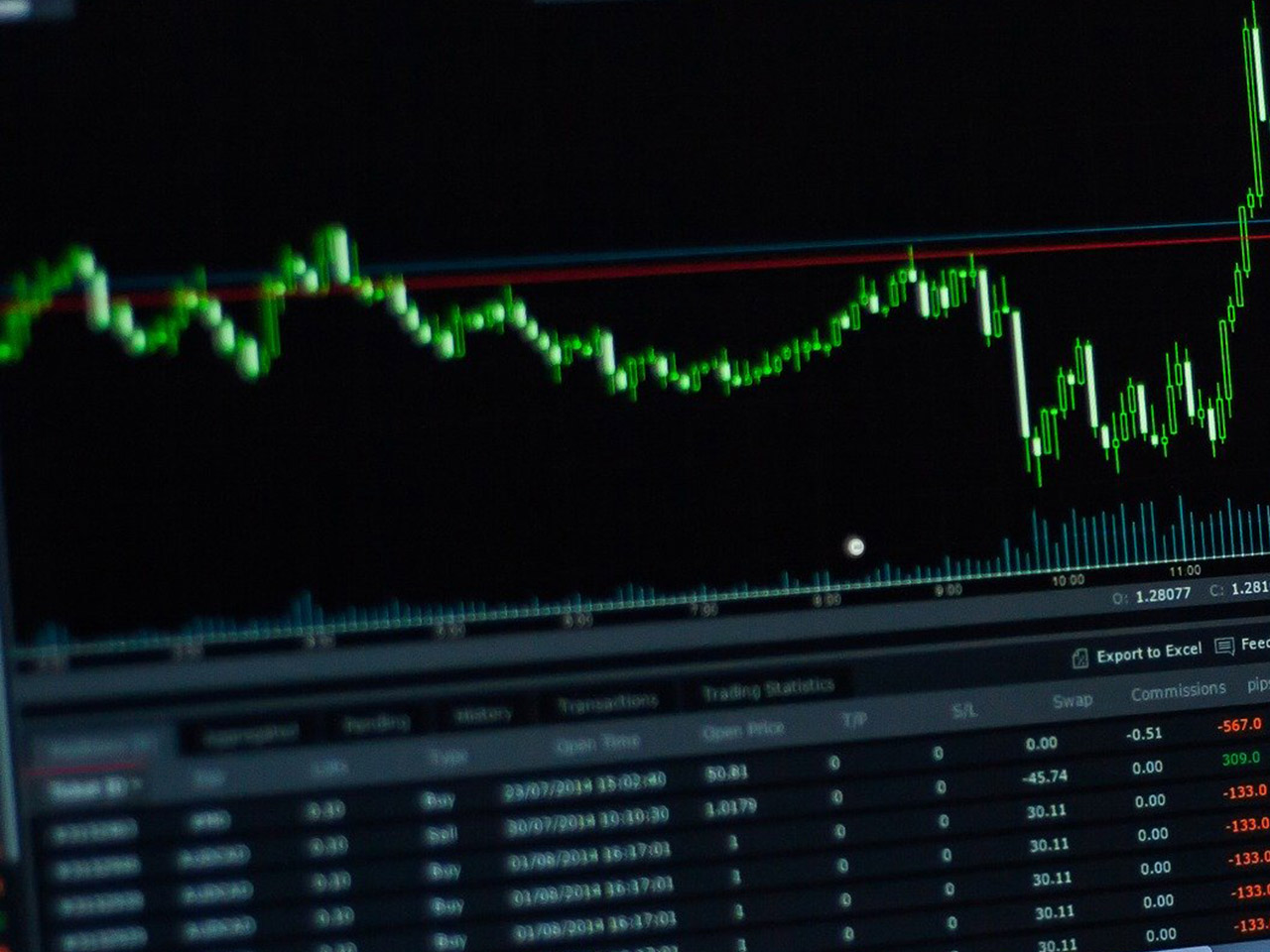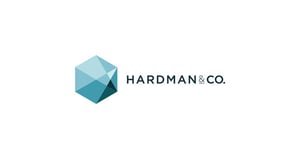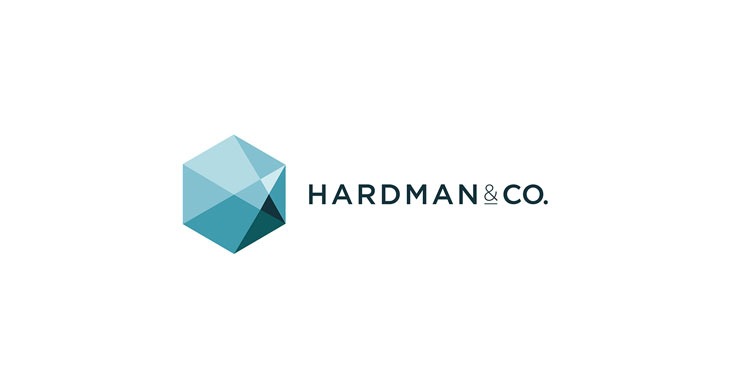Charles River Laboratories International, Inc. (NYSE: CRL), a stalwart in the healthcare sector’s diagnostics and research industry, presents an intriguing case for investors navigating the current market landscape. With its comprehensive service offerings in drug discovery and safety testing, the company operates globally, enhancing its appeal across a diverse client base. Headquartered in Wilmington, Massachusetts, and boasting a market capitalization of $7.37 billion, CRL stands as a significant player in the healthcare domain.
**Current Market Position and Valuation**
CRL’s stock is currently priced at $150.01, with a modest price change of -0.01%, which indicates relative stability in a volatile market. The 52-week range of $99.75 to $245.29 reflects the stock’s potential volatility but also the opportunity for substantial gains. Analysts’ target price range of $70.00 to $200.00 gives CRL a potential upside of 4.09% based on the average target price of $156.14.
The valuation metrics present a mixed picture. A forward P/E ratio of 14.55 suggests a reasonable price relative to expected earnings, offering a potentially attractive entry point for value-focused investors. However, the absence of other common valuation metrics such as price-to-book and price-to-sales ratios may prompt investors to dig deeper into the company’s financials for a comprehensive valuation assessment.
**Performance Metrics and Financial Health**
CRL’s recent performance metrics highlight challenges and opportunities. The company reported a revenue growth decline of 2.70%, which may raise concerns about its ability to expand in a competitive market. Furthermore, the negative earnings per share (EPS) of -0.62 and a return on equity (ROE) of -0.67% indicate financial struggles that need addressing. Nonetheless, the robust free cash flow of over $625 million underscores CRL’s capability to sustain operations and potentially invest in growth initiatives despite current earnings headwinds.
**Dividend Policy and Analyst Ratings**
Investors looking for income may note that CRL does not currently offer a dividend yield, aligning with its strategy of reinvesting profits into business expansion rather than returning capital to shareholders. This approach could appeal to growth-oriented investors who prioritize capital appreciation over immediate income.
Analyst sentiment demonstrates a cautious optimism, with 4 buy ratings, 14 hold ratings, and 1 sell rating. This distribution suggests a consensus leaning towards holding the stock, reflecting the market’s anticipation of CRL’s potential to overcome its current challenges and capitalize on future growth opportunities.
**Technical Indicators**
From a technical perspective, CRL’s stock is trading above its 50-day moving average of $134.68, indicating short-term bullish momentum. However, it remains below the 200-day moving average of $167.51, suggesting longer-term bearish sentiment. The Relative Strength Index (RSI) of 73.95 places the stock in overbought territory, which could indicate a potential for a price correction in the near term. Investors should monitor these technical signals closely as they navigate their investment decisions.
**Strategic Outlook**
Charles River Laboratories’ diversified business model, spanning research models, safety assessment, and manufacturing solutions, positions it well in the growing field of pharmaceutical and biotechnology services. Despite current financial challenges, the company’s strategic focus on innovation and global expansion could drive future growth. The use of advanced platforms like Logica for small molecule lead identification exemplifies CRL’s commitment to leveraging technology for competitive advantage.
For investors considering CRL, weighing the potential upside against the inherent risks is crucial. The company’s ability to adapt to industry dynamics and leverage its global reach will likely play a pivotal role in shaping its long-term success. As CRL navigates the ever-evolving healthcare landscape, it remains a compelling watch for investors seeking to capitalize on the sector’s growth potential.
